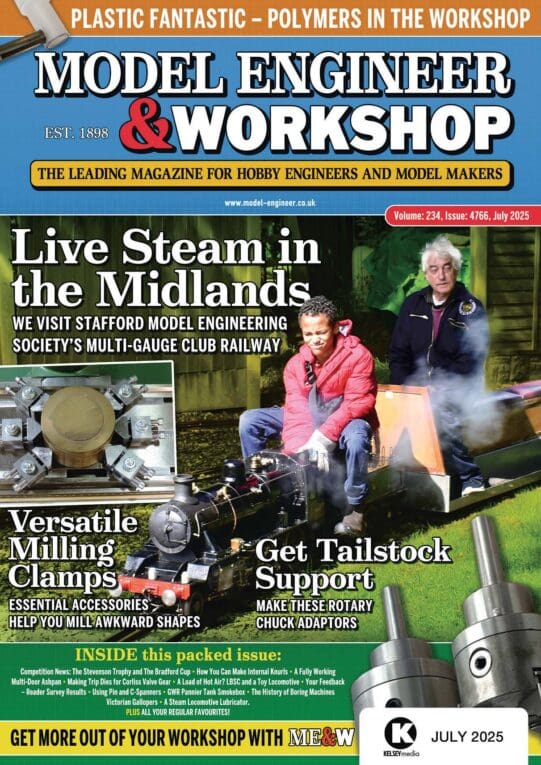Posted by Andrew Johnston on 04/06/2018 21:45:02:
…
I can't see where the mention of arcs by SoD comes in, the output voltages aren't high enough to generate an arc. …
Edited By Andrew Johnston on 04/06/2018 21:49:50
I could be wrong, but I do think it is possible to strike an arc at low voltages with this type of machine. Perhaps an experiment is in order!
I suggest this isn't like a welder where a high voltage is needed to deliberately start an arc, or a fixed spark gap where nothing happens until the volts rise sufficient to ionize the air, say 3000V per millimetre, or like the switching in a plating shop.
Arcing occurs when current flows heating air sufficient to ionise it. Normally that doesn't happen. One way to get current flowing is to first ionise the air with a spark. The spark drops the electrical resistance of the air so that current can flow but after that current alone heats the air enough to keep it ionised. An arc depends on heat not voltage. If air is already hot and at low-pressure, its much easier to start an arc. A spark (volts) isn't an arc (amps).
DC current is far more likely to arc than AC. The reason is that, once started, the current in a DC arc flows continually keeping the air ionised. Conversely the current in an AC arc drops to zero every cycle and gives the air time to cool. AC in quantity can and does arc, but it's much harder to strike and maintain a small AC arc than a small DC arc.
I think arcing is not unlikely in a DC soldering unit even at low voltage. It would work like this.
- The operator applies the electrode to the work and melts solder as intended at 250C. (So far so good.)
- Without disconnecting power, the shaky operator (me) wobbles the electrode off the work causing a tiny spark.
- The tiny spark in hot air is enough to allow a small arc to form.
- The small arc heats the surrounding air and the arc grows.
- Slowly moving the electrode away lets the arc build to full size. Within the arc the temperature jumps to 3000C, more than enough to boil steel. (Inside the arc; we haven't converted our workshop into a blast furnace, the total power is only 200W, but it's concentrated in a small space.)
The operator of a DC machine could prevent arcing by only applying or removing power when the electrode is firmly in contact. Not difficult. The operator of an AC machine wouldn't need to worry about arcing at all, no matter how shaky his hands! And an AC machine is easier to make.
Be interesting to build a pair of machines and compare them. The heating effect would be identical. The question is, of AC and DC, which machine is easier to make, which is more robust, and which has fewer side-effects. Perhaps there's no significant difference in practice. The key advantage of DC is that it avoids the need for a hefty transformer. On the downside the electronics are more complicated, but not particularly so.
Dave
SillyOldDuffer.




